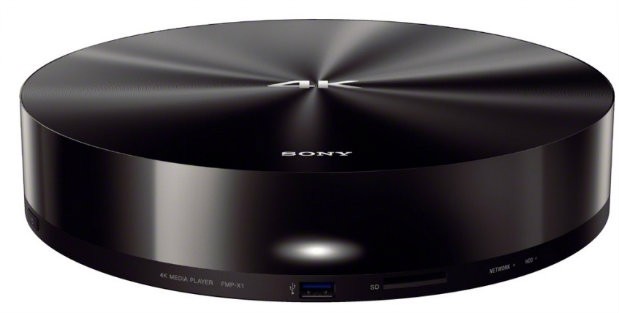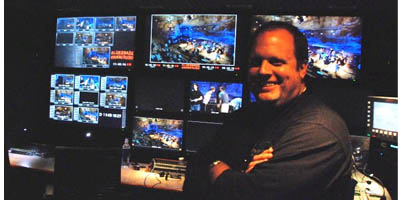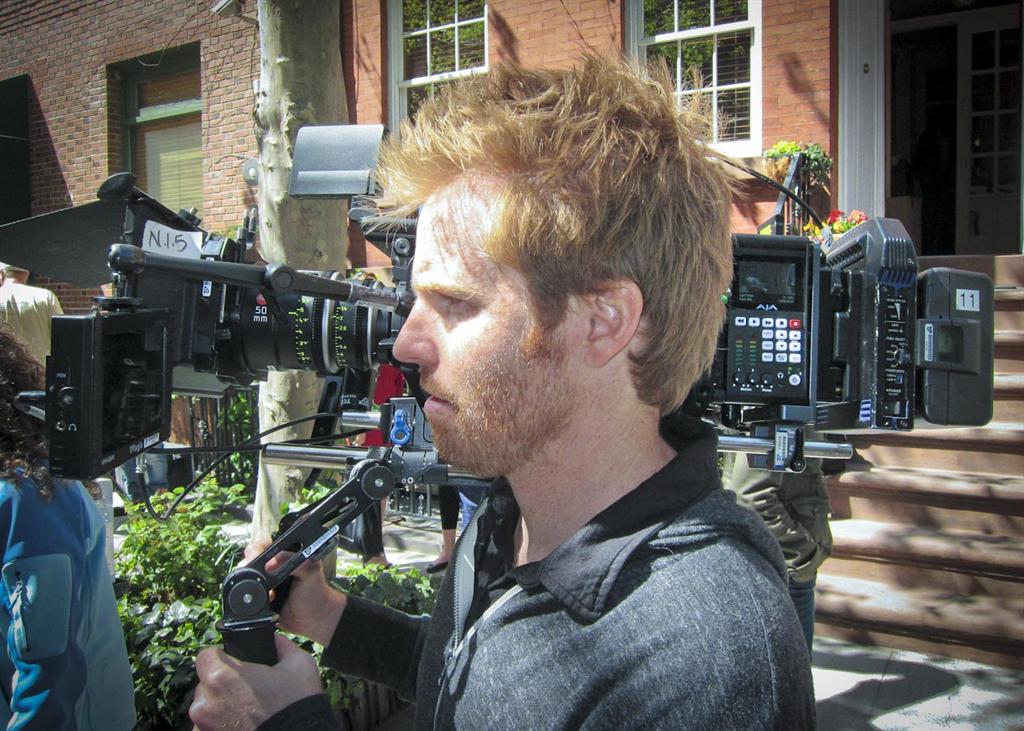Producers Address 4K Storage Challenges
OTTAWA—Full 4K portable video storage is still a new concept for videographers and TV producers. Small wonder: Despite the push by video equipment manufacturers to convince broadcasters, content producers and consumers to embrace 4K video, there’s no real demand for 4K technology, yet.
Sony Speeds Up 4K Downloads with EyeIO
PALO ALTO, CALIF.—Sony has developed the FMP-X1 4K media player to provide 4K content for its 4K UltraHD TVs and to cope with streaming 4K’s high bandwidth demands, the company has licensed EyeIO’s UltraHD compression encoding technology. “With our system, we can compress 4K video by 50 to 75 percent without any visible loss of quality,” said Rodolfo Vargas, CEO of EyeIO, a Palo Alto, Calif.-based developer of video compression technology.
EyeIO achieves this result by processing 4K video streams using a combination of 220 compression algorithms. Sony Pictures is expected to start 4K streaming of “Bad Teacher,” “Battle: Los Angeles,” “The Bridge on the River Kwai,” “The Karate Kid (2010),” “Salt,” “Taxi Driver,” “That’s My Boy,” “The Amazing Spider-Man,” “The Other Guys” and “Total Recall (2012)” this summer.

Sony FMP-X1 4K media player
However, this fact is bound to change, according to Nic Dugger, president/owner of TNDV: Television (TNDV) mobile production in Nashville. “We are in the early stages of the HD to 4K transition right now, just as we were in the early stage of the SD to HD transition 10 years ago,” he said. “This is why 4K recording units are generally so expensive, except for AJA’s camcorder-dockable Ki Pro Quad.”
At $3,995 per unit, with the ability to record up to 40 minutes of ProRes 4K video on each of the unit’s two AJA SSD cards, the Ki Pro Quad 4K recorder (with built-in monitor) is an entry price alternative for both ENG and mobile video production. “Our clients want us to record every camera we use on a live shoot,” said Dugger. “If we are using 26 4K cameras, we can’t afford to have 26 4K tape recorders on board, but we can afford 26 Ki Pro Quads.”
WHY WORRY ABOUT 4K IN AN HD WORLD?

Nic Dugger
Today, there is no apparent broadcast demand for 4K video. So why is Saturday Night Live DP Alex Buono using a Ki Pro Quad mated to a 4K Canon C500 camera to record material for the show?
“One reason is ease of production,” Buono replied. “Because the Ki Pro Quad records to the Apple ProRes format [as well as CinemaDNG RAW, which requires debayering before it can be posted], the footage is immediately available for editing.”
That said, Buono has another more pressing reason for using 4K for SNL’s 1080i broadcasts. “Our production timeline at SNL is very tight: We often shoot on Friday and have to turnaround footage for Saturday’s show,” he said. “With 4K video, we have enough resolution so that we can electronically zoom in shots, or change the framing, up to a factor of 200 percent without compromising 1080i resolution. This allows us to reframe and recreate shots in post that we didn't have time to actually shoot.”
4K POSSIBILITIES IN TODAY’S TV
When he’s not shooting for SNL, Buono shoots documentaries, an application that he says 4K is ideally suited for. “When you are recording compelling interviews with real people, not performers, you can’t do a ‘take two,’” he said. “Shooting in 4K allows us to do everything in one take, and yet generate closeups or different framing of the subject in postproduction. This gives us more shots to work with, while eliminating the need to try and recreate genuine subject reactions during additional takes.”
Get the TV Tech Newsletter
The professional video industry's #1 source for news, trends and product and tech information. Sign up below.

Saturday Night Live DP Alex Buono uses a Ki Pro Quad mated to a 4K Canon C500 camera to record material for the show.
This same flexibility is already being seen on the football field as Fox Sports demonstrated http://www.tvtechnology.com/article/putting-k-to-work/215928 last season when it deployed Sony’s F65 4K digital cinematography camera to shoot NFL coverage up close for the network’s “Super Zoom” feature. And being able to extract more shots from a single videographer’s footage would also allow a TV newsroom to boost the quality of its on-air reporting, without requiring extra camera personnel.
Despite the newness of the technology, 4K recorders are not a rare breed. In addition to the AJA Ki Pro Quad, there is the Codex S Recorder, Convergent Design’s Odyssey 7Q and Gemini 4:4:4, and the Astro HR-7510.
As 4K gains traction in the video marketplace, more manufacturers will likely come out with their own, cost-effective portable 4K recorders. This said, for broadcasters who are interested in 4K’s production possibilities, now is the time to get their feet wet.
James Careless is an award-winning journalist who has written for TV Technology since the 1990s. He has covered HDTV from the days of the six competing HDTV formats that led to the 1993 Grand Alliance, and onwards through ATSC 3.0 and OTT. He also writes for Radio World, along with other publications in aerospace, defense, public safety, streaming media, plus the amusement park industry for something different.

